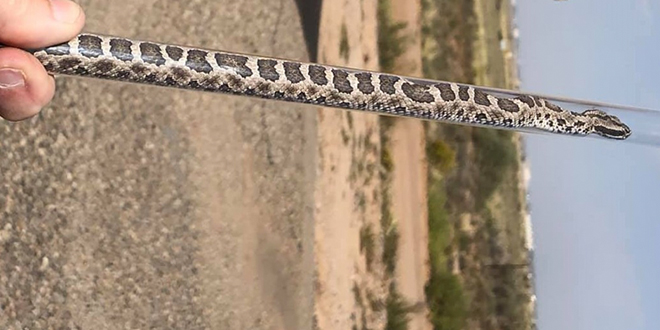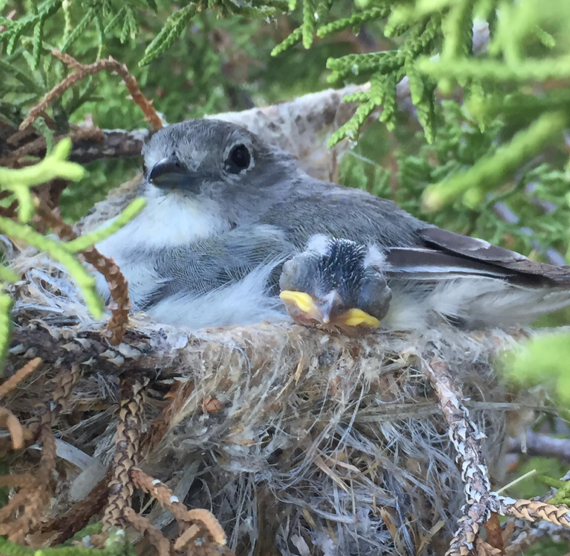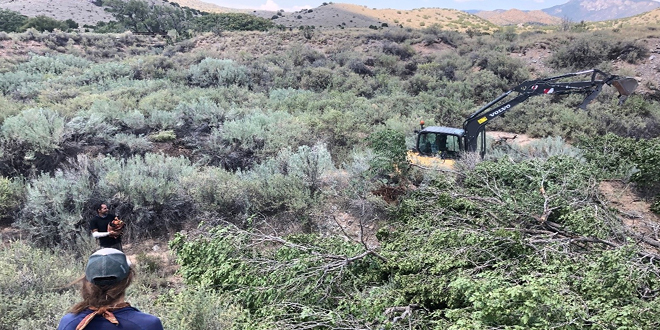Researchers are working with Kirtland Air Force Base in Albuquerque, New Mexico on a multi-year wildlife research study and habitat restoration project on the military installation. Kirtland Air Force Base occupies over 51,000 acres of desert grasslands, pinyon-juniper woodlands and ponderosa pine woodland on the west side of the Manzanita Mountains, just south of Albuquerque next to the Sunport. The installation provides habitat for a diverse wildlife community that includes species of birds, reptiles and mammals of conservation concern. Kirtland Air Force Base implements various habitat restoration projects to manage these wildlife populations.
In a collaborative effort with the United States Department of Agriculture and Rio Grande Return, researchers at Oklahoma State University identify habitat requirements of these species in order to provide land management recommendations to Kirtland Air Force Base. Ongoing research objectives include the study of nesting habitat for various birds, such as gray vireos, loggerhead shrikes and pinyon jays, population studies of desert massasaugas and tracking mountain lion movements via GPS-collared individuals. A key component of this project is the restoration of the Coyote Springs Wetland complex, a site of cultural, historical and natural significance. In collaboration with Rio Grande Return, ongoing restoration activities are conducted including the removal of invasive vegetation, such as Siberian elm, salt cedar and Russian olive and watershed management.


Researchers have already identified some key results which support state and nation-wide conservation goals. Gray vireos, which have generally been believed to occur in low densities throughout the Southwest and have poor nest survival, are abundant on Kirtland Air Force Base and have had a higher percentage of successful nests than what has been observed in other locations in New Mexico. Similarly, rare species such as loggerhead shrikes and desert massasaugas have been observed on base. Pinyon jay colonies have also persisted on Kirtland Air Force Base despite declines throughout the species’ range.
Future efforts will provide habitat management recommendations that can be used to improve key wildlife populations. The goal of these projects is to ensure that these military lands can be utilized to promote and conserve some of New Mexico’s unique and treasured natural resources for years to come.
 New Mexico Wildlife magazine Conserving New Mexico's Wildlife for Future Generations
New Mexico Wildlife magazine Conserving New Mexico's Wildlife for Future Generations
